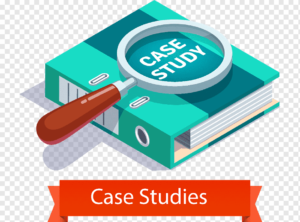10th Computer Science Chapter 3 Input and output Handling
Input and Output Handling
In the realm of 10th Computer Science Chapter 3 Input and output Handling , efficient handling of input and output (I/O) operations is fundamental. Chapter 3 delves into the intricacies of input and output handling, covering various aspects crucial for understanding how computers interact with users and the external environment. From basic input mechanisms to advanced output formatting techniques, this chapter equips learners with essential skills to manage data flow effectively.

Key topics covered in this chapter include:
Input Devices:
Explore the diverse range of input devices such as keyboards, mice, scanners, and sensors. Understand how these devices translate physical actions into digital signals that can be processed by the computer.
Output Devices:
Delve into the world of output devices including monitors, printers, speakers, and actuators. Learn how computers generate meaningful outputs to convey information to users or control external systems.
Standard Input and Output Streams:
Gain insights into standard input (stdin) and output (stdout) streams, which serve as the primary means for data exchange between programs and the operating system. Understand their importance in facilitating communication with users and other software components.

File Input and Output:
Explore file handling mechanisms for reading from and writing to external files. Learn how to open, close, read, and write data to files, enabling persistent storage and retrieval of information beyond the scope of a program’s execution.
Error Handling:
Grasp the significance of error handling in I/O operations. Understand how to detect and manage errors that may occur during input or output processes, ensuring robustness and reliability in software systems.
Buffering and Streams:
Explore buffering mechanisms employed in I/O operations to enhance performance and efficiency. Learn how data is buffered in memory before being transmitted to or from external devices, minimizing overhead and optimizing resource utilization.
Formatted Input and Output:
Master techniques for formatted input and output, allowing precise control over the presentation of data. Explore formatting options such as specifying field widths, alignment, and precision for displaying numerical and textual information.
Interactive Input Handling:
Discover methods for handling interactive input, enabling dynamic interaction with users through command-line interfaces or graphical user interfaces (GUIs). Learn how to prompt users for input, validate input data, and provide appropriate feedback.
Data Serialization:
Understand the concept of data serialization for converting complex data structures into a format suitable for storage or transmission. Explore serialization techniques such as JSON, XML, and protocol buffers, facilitating interoperability and data exchange between different systems.
Case Studies and Practical Applications:
Engage with real-world case studies and practical examples demonstrating the importance of efficient I/O handling in various domains such as software development, system administration, and scientific computing.

By mastering the concepts and techniques presented in 10th Computer Science Chapter 3 Input and output Handling, students will develop a solid foundation in input and output handling, essential for building robust and responsive software systems across diverse application domains.

